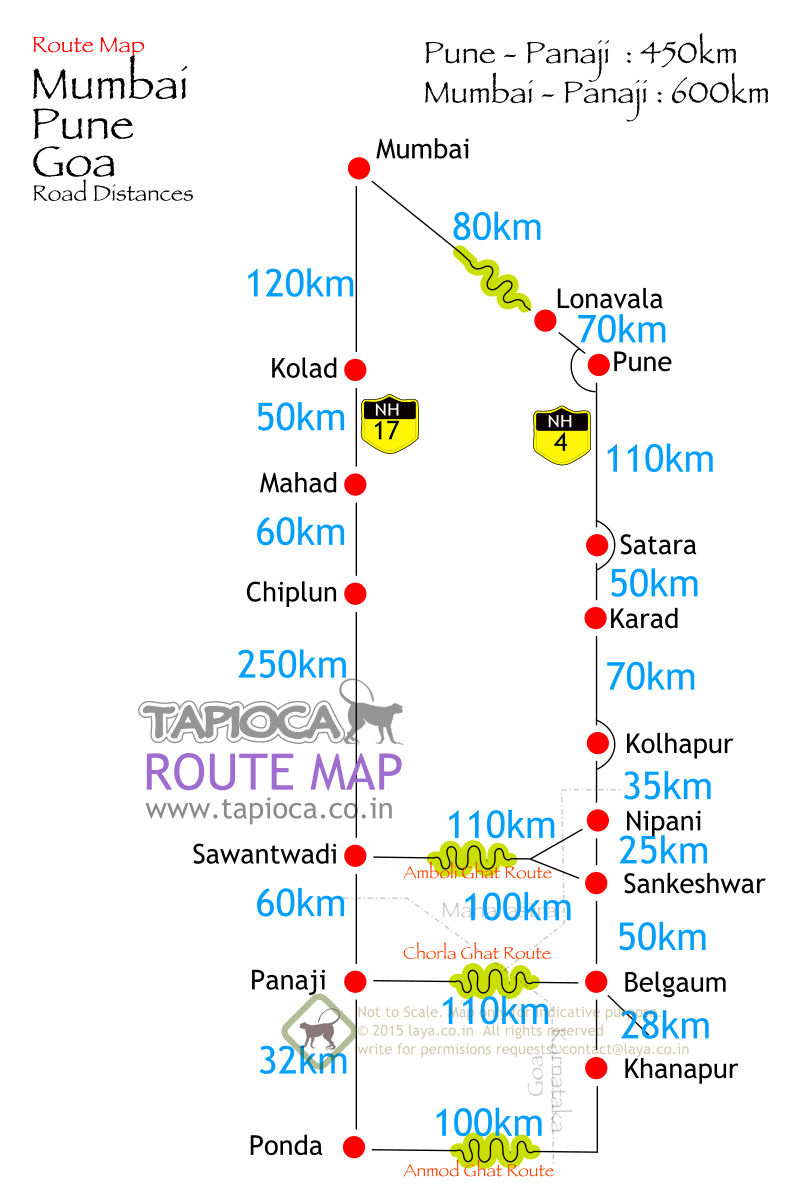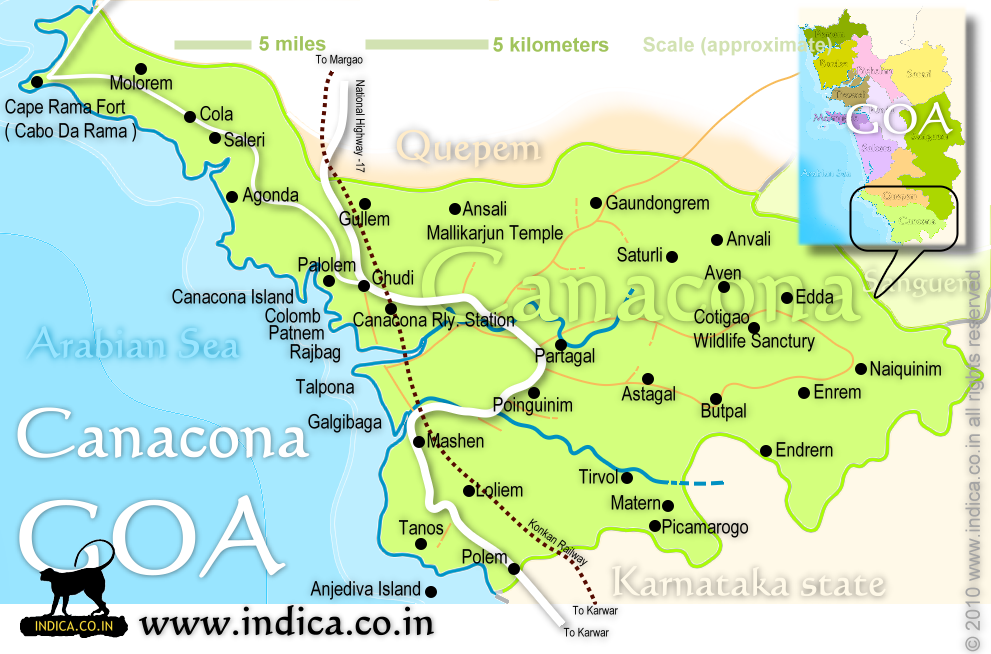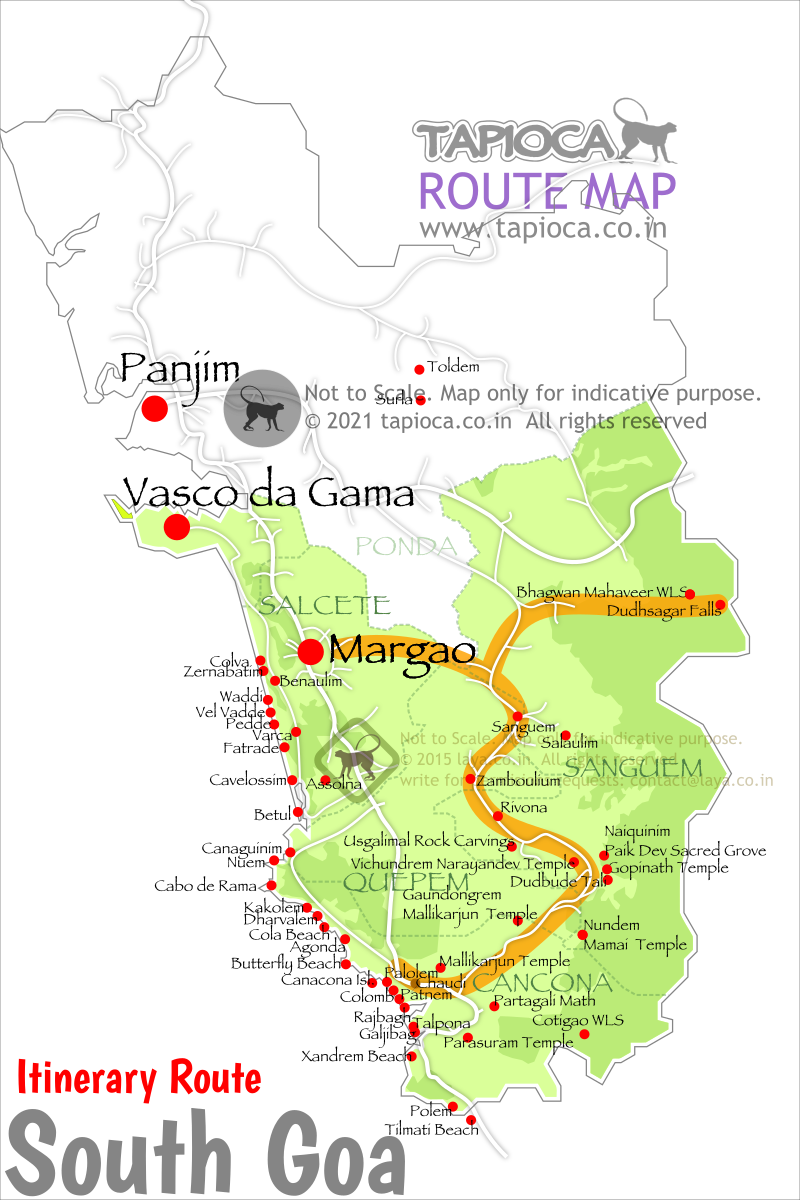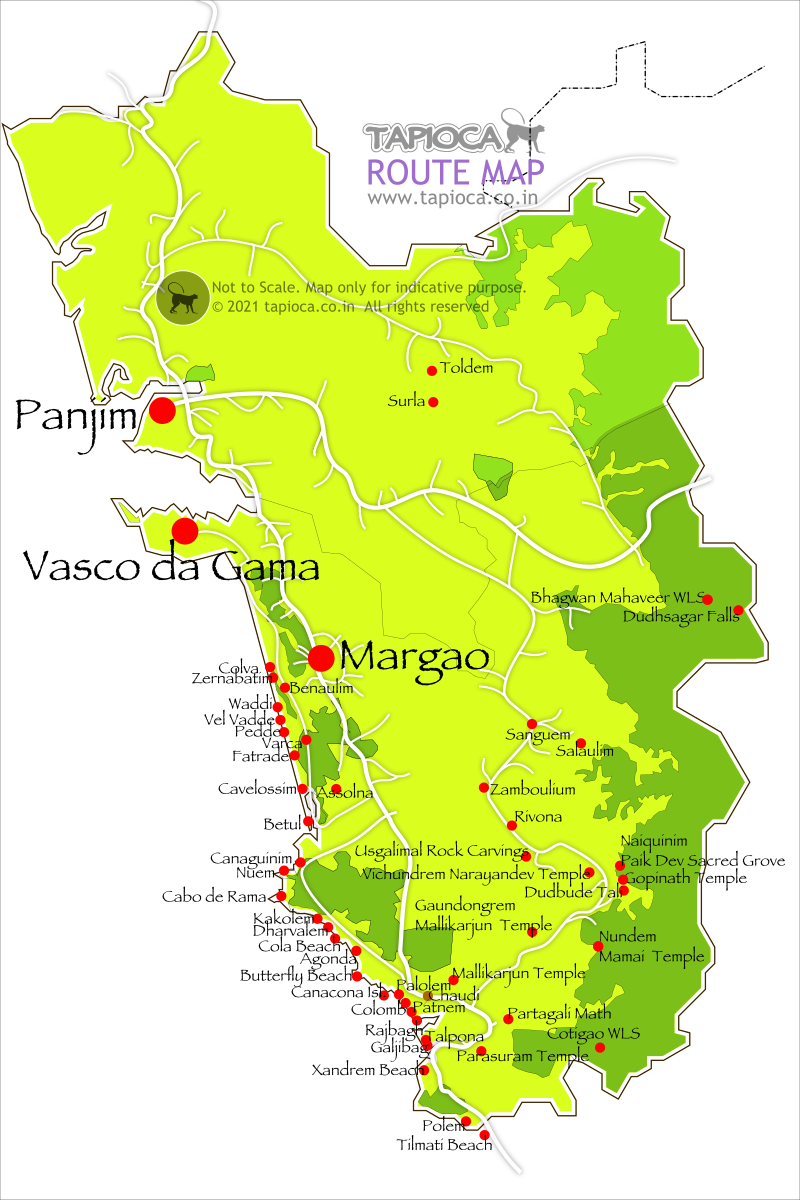Goa
Goa is much more than sun , sand and sea .
T
he name Goa suffers the fatigue of it’s over use in the tourist itinerary. The stereotype created by the guidebooks and advertisements doesn’t help either. Dig a bit deeper , you’ll fine Goa is much more than sun , sand and sea.This tiny state in the western India is characteristically different from the rest of Indian states. The western and eastern cultures met here centuries back.
Goa is unique among the other tourist destinations in India. There are very few places in India whose geography blended so well with its history to form a mystical land. Goa tops in this league.
It is no doubt Goa is renowned for its long array of beaches . So is the Goa’s very own Goa Trance music and the Rave parties. And not to forget exquisite the Goan Vindaloo complete with the red wine soaked pork meat.
So what made Goa so different from the rest of India. Obviously the answer lies in its history. Goa has a recorder history as old as 3 century BC. However let’s start with the 15th Vijayanagara Empire that ruled most of south India, Goa included.
At that time Goa was a small but important port city. The Arab merchants used it as their main landing port for their horse trade with the Vijayanagara kings. The empires never-ending expeditions and wars with the neighboring kingdoms and sultanates kept the demand of the superior Arabian horses in the whole region. They even paid for the horses that died during its sea travel to India. Obviously Goa was a strategic port both in military and trading terms.
Later the port city fell to the hands of the Bahmani Sultans and to the Adil Shahis of Bijapur sultanate.
During the period the competing Europeans were on a look out for an alternate sea trade route to India. Their lucrative spice trade took a serious brunt when the Ottoman Turks blocked their traditional land route to India via Afghanistan and Iran.
In 1498 Vasco-Da-Gama became the first European to land in India through a sea route. By that time Goa had already established itself as an important trade center on the western coast of India. The fortunes of the Portugal’s colonial ambition took its ups and downs with the happenings in Goa.
By 1510 the Portuguese admiral Afonso de Albuquerque defeated the Bijapur sultans and annexes Goa as a Portuguese colony.
Apart from Hinduism and Islam, Roman Catholic faiths too arrived in Goa.
You as a tourist can see these influences in Goa, especially the Portuguese style architecture.
Back to the history part again. Over the next two centuries power structures in India underwent significant changes. Hindu kings gave way to the more formidable sultanates. India slowly and steadily turned into an Islamic empire under the Mughals. And then the British power started sweeping India. The hitherto Mughal India slowly metamorphosed into the British Raj , the so called jewel in the crown of the British empire.
The last king to fall to the British was Tippu sultan of the Mysore kingdom of the south. There was not much difference with the last fight and the beginning of the rebellion. It continued for about a century. By the way the Portuguese still held Goa as their naval base and colonial enclave.
The political stage in India was just right to receive Mr. Mohandas Karamchand Gandhi or simply Gandhi, the leader of India’s freedom fight.
On 1947 August 15 india became an independent nation. Goa still remained as an enclave of Portuguese military. Portugal refused to relinquish its control to India. Talks failed . On 12 December 1961 a 40000 strong Indian troops marched to Goa. 24 hours later the portuguese garrison surrendered. The 450 years of Portugal’s colonial presence - probably longest ever in the world history - in India had come to an end.
For another 26 years Goa remained as a union territory of India - meaning the region was directly administrated by the federal government. On 30 May 1987 Goa became the 25th state of India.
Over these centuries the Roman Catholicism and Hinduism recharged each other to form the moorings of the present day Goa.
That’s about Goa’s past. When did Goa found itself in the tourist map?
After the Portuguese left , Goa was invaded by another army. This time it was the Hippies!
The wars of the world got settled and the Baby Boomers had all the time ( and some spare cash ) in their hand to explore the world. A tribe found their heaven on earth in Goa. They got all what they wanted - Sun, Sand, Sea and a generous supply of Marijuana too! Goa slowly became a happening place again.
Four decades later Goa still remains as the top sought after beach destinations of India.
Attractions of Goa
Anjuna
Arambol
Baga
Bhagwan Mahavir
Bogmalo
Bondla Wildlife Sanctuary
Calangute
Canacona
Candolim
Chapora
Colva & Benaulim
Dudhsagar Falls
Fort Aguada
Mapusa
Margao
Old Goa
Palolem
Panaji
Ponda
Terekhol Fort
Vagator
Vasco da Gama

Mumbai to Goa
Two routes to Mumbai to Goa

Goa
Location of Goa on India Map

canacona map
canacona map

Goa
Itinerary Route for South Goa ( eastern attractions)

Goa
South Goa attractions
